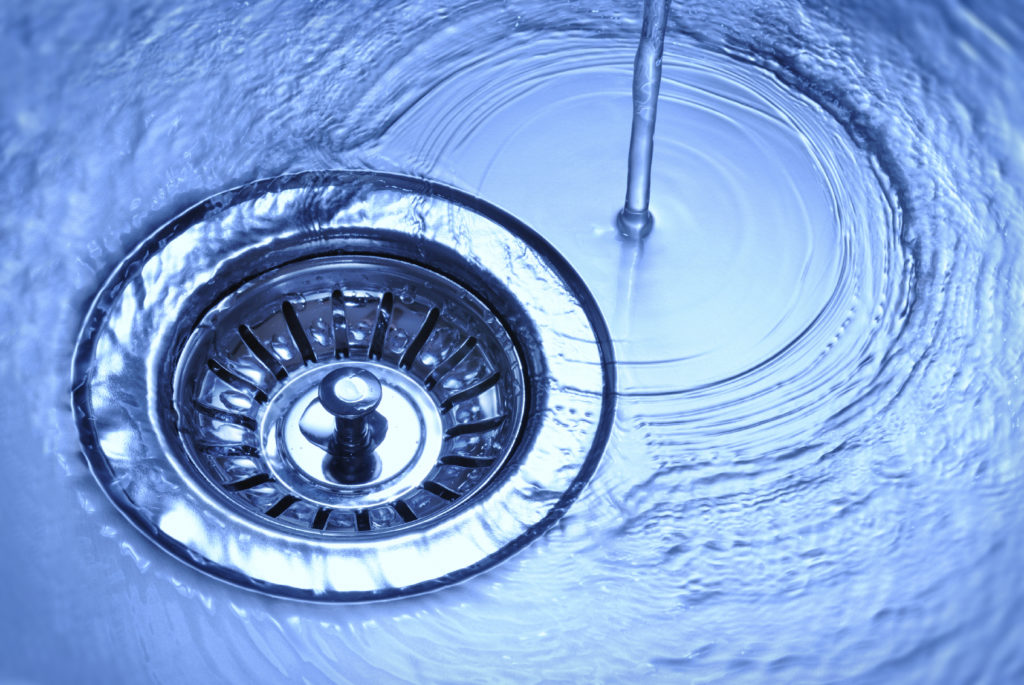FREE Shipping on Orders over $89 with Account – Create One Today!
- (844)-859-9400
- Get Help

Here at Medical Monks we understand that the prospect of needing to use an intermittent catheter can provoke dismay, to say the least. Administering a catheter internally can feel difficult and uncomfortable, even for the most experienced catheter users.
Fortunately, these days there are plenty of manufacturers producing catheters that are extraordinarily simple and painless to use. With the help of these products, plus time and a little guidance, intermittent catheterization (or cathing, for short) can go from being an annoying chore to just another part of your regular routine.
To help this journey along we’ve put together this short guide to intermittent catheters. Read ahead for all the info you or your loved one needs to get started.
There are several different types of urinary catheters available on the market – all of which have legitimate uses depending on your needs. But as mentioned above we’ll be focusing on the intermittent, internal variety for this guide.
An intermittent catheter is a thin tube typically made of a flexible, plastic-type material. It is inserted into the urethra to empty the bladder, and then usually removed when the drainage is complete. Catheterization is done at roughly the same intervals as you would normally use the bathroom, around 2-5 times per day. They are generally measured by the french gauge – the diameter of the tube in millimeters. Length is measured (in the U.S. at least) in inches – longer for men, shorter for women and children.
These catheters can be prescribed for a variety of medical circumstances, but generally they can be used any time the bladder is not able to be drained normally. Diagnoses resulting in that type of symptom may include spinal cord injury, Multiple Sclerosis, Parkinson’s disease, diabetes, stroke or general incontinence.
If able, users are typically taught to catheterize themselves by a medical professional. While it can be tricky at first, it is a straightforward technique that can be performed by men, women and, in many cases, even children without outside assistance.
As mentioned above, these types of catheters are inserted directly into the bladder via the urethra. Many patients, men especially, find that some type of lubrication is required to achieve insertion. Outside lubricant may be applied to the catheter before use for this purpose, and some catheters are sold pre-lubricated. More on that later.
After the urine is fully drained, into either a collection bag or directly into the toilet, the catheter is generally removed and disposed of. Though some varieties of intermittent caths are reusable, these days the vast majority sold are labeled “single use.” The practice of using a single, sterile-packed catheter once and disposing of it is generally agreed to be far less likely to cause urinary tract infection than reuse – no matter how thoroughly cleaned the cath may be. Medical Monks offers only single use catheters for this reason.
Urinary tract infection, or UTI, is a common problem among intermittent cath users which can often be avoided by good application practices, including thorough hand washing and wearing disposable gloves. For folks who’s UTI’s persist, many manufacturers offer caths with “no-touch” packaging, such as Hollister’s VaPro Plus Touch Free.
There are three main categories of intermittent catheters.
Non-coated catheters are the old-school disposable caths. These are the most basic and least expensive of the bunch. They are the ones that many folks coat in lubricating jelly or even simply dip in (sterilized) water for easier insertion. An example is Coloplast’s Self Cath Clear series.
Hydrophilic catheters have a dry coating which is activated by soaking them in water for about 30 seconds before insertion. The coating forms a layer of lubrication designed to make catheterization easier. Wellspect’s LoFric Primo is the original hydrophilic catheter.
Pre-lubricated catheters, sometimes referred to as prehydrated hydrophilic, are sold pre-packed with a coating of water-soluble gel. They can be used straight from the package with no additional preparation. Hollister’s Onli Series is a great example.
Other lines, such as Coloplast’s Speedicath Compact series, take the convenience of pre-lubed catheters to the next level by packaging them in pocket-sized containers for maximum discretion.
Another major feature we’ve not yet mentioned involves tip style. The standard, typical starter intermittent cath is the straight tip. Many patients, however, find it hard to feed a catheter straight through to the bladder. Coude tip catheters, such as Hollister’s Apogee IC, have a slightly upturned tip that allows for easier passage through the curved walls of the urinary tract.
Another product offered by manufacturers are conveniently packaged “cath kits.”’ These sets pair intermittent caths with other relevant items such as sterile gloves or integrated pouches/syringes of water. They are also available already attached to a urine containment pouch inside the pack. These can be useful if you are cathing in a place where clean water and/or bathroom facilities aren’t available.
…our look at internal catheterization. With all the options available today cathing does not need to be a painful hassle. Please continue to explore Medical Monks for more intermittent caths and accessories. If you have any further questions you can contact us via phone or chat, or consult your personal medical professional
